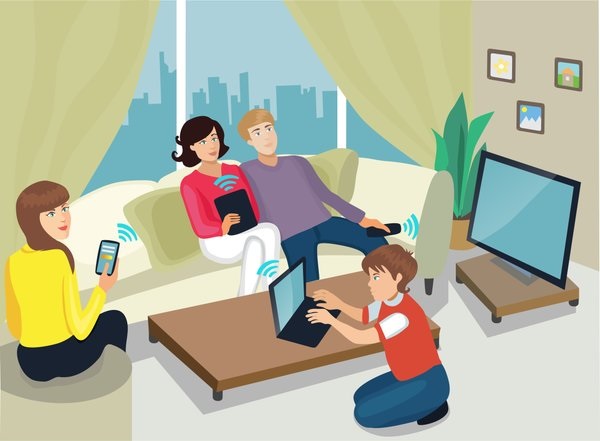The way US consumers watch TV is changing, with social media and mobiles affecting how they discover what to what to watch next in the living room, according to new research.
American consumers’ status as a binge watching, streaming, multitasking nation enters 2017 with strong momentum according to Deloitte’s 11th Digital Democracy Survey.
With 84 per cent of Americans on social networks – social media has evolved well beyond ‘socialising’ and is being used to discover new content, get news and resolve customer service issues.
“American consumers continued to stream, binge watch and demand more media in 2016. As the growing forces of social media and over-the-top services continue to accelerate, particularly among millennials and Generation Z, the consumer rules,” said Kevin Westcott, vice chairman and US media and entertainment leader, Deloitte LLP. “The shift to streaming, mobile, on-demand services and personalisation are significant opportunities in 2017. Brands can bring new value, services and incredibly entertaining content to the empowered consumers across all age groups in a manner that can be monetised.”
Deloitte’s survey examines the way Americans consume media across generations, the value consumers place on products and services, as well as attitudes and behaviors toward advertising, social networks and mobile technologies.
Among the key findings from Deloitte’s Digital Democracy Survey:
Streaming, pay TV, binge watching – full speed ahead
• Almost half (49 per cent) of US consumers and nearly 60 per cent of generation Z (Gen Z), millennials and Generation X (Gen X) subscribe to at least one paid streaming video service. However, the survey notes that despite the growth of paid streaming services, US consumers spend more time streaming video via free services (40 per cent) than paid streaming subscriptions (35 per cent).
• Seventy-four per cent of consumers across US households still subscribe to pay-TV such as cable or satellite, but 66 per cent of subscribers say they keep their pay-TV because it is bundled with their Internet.
• Nearly three quarters (73 per cent) of US consumers (up 3 per cent from 2015) and nearly 90 per cent of millennials and Gen Z have binge watched video content; almost 40 per cent of millennial and Gen Z binge watchers do so weekly. Millennial and Gen Z binge watchers report watching an average of six episodes, or five hours of content, in a single sitting.
• The device of choice for key demographics remains split; Gen Z and millennials spend about half their time watching television shows and movies on devices other than a TV. Additionally, Gen X favours the TV by over 60 per cent and Baby Boomers watch over 80 per cent of programming on the TV.
• Nearly all (99 per cent) millennials and Gen Z are multitasking while watching TV, averaging four additional activities, such as texting, browsing the web, using social networks, reading email and online shopping.
•
Advertising – big opportunities for mobile and online in 2017
• Sixty-seven per cent of consumers, and over 70 per cent of Gen Z and millennials, find mobile ads on their phone to be irrelevant; however, 37 per cent of consumers find it valuable to receive location-based ads on their smartphone and use them regularly.
• More than 80 per cent of consumers will skip an online video ad if allowed.
• Almost half (46 per cent) of consumers said they pay more attention to an ad they can skip versus an ad they cannot skip.
• Online recommendations on social media (27 per cent) are more influential than TV ads (18 per cent) for Gen Z in influencing buying decisions.
The Social Network is the Network
• Eighty-four per cent of all consumers and over 90 per cent of Gen Z and millennials are on social networks.
• Over 50 per cent of Gen Z and millennials use social networks to learn about new TV shows, citing it to be more useful than TV commercials.
• Thirty-three per cent of millennials and Gen Z get their news primarily from social media, with 21 per cent saying that TV is still their most popular news platform.
• Over 70 per cent of millennials have used social media to interact with corporate customer service in the last year; 71 per cent of those that have used social media to resolve customer service issues believe they will get a better company response because it’s public.
The 11th edition of the Digital Democracy Survey focuses on five generations, providing insight into how consumers ages 14 and above are interacting with media, products and services, mobile technologies, the Internet, attitudes and behaviours toward advertising and social networks, and what their preferences might be in the future.

